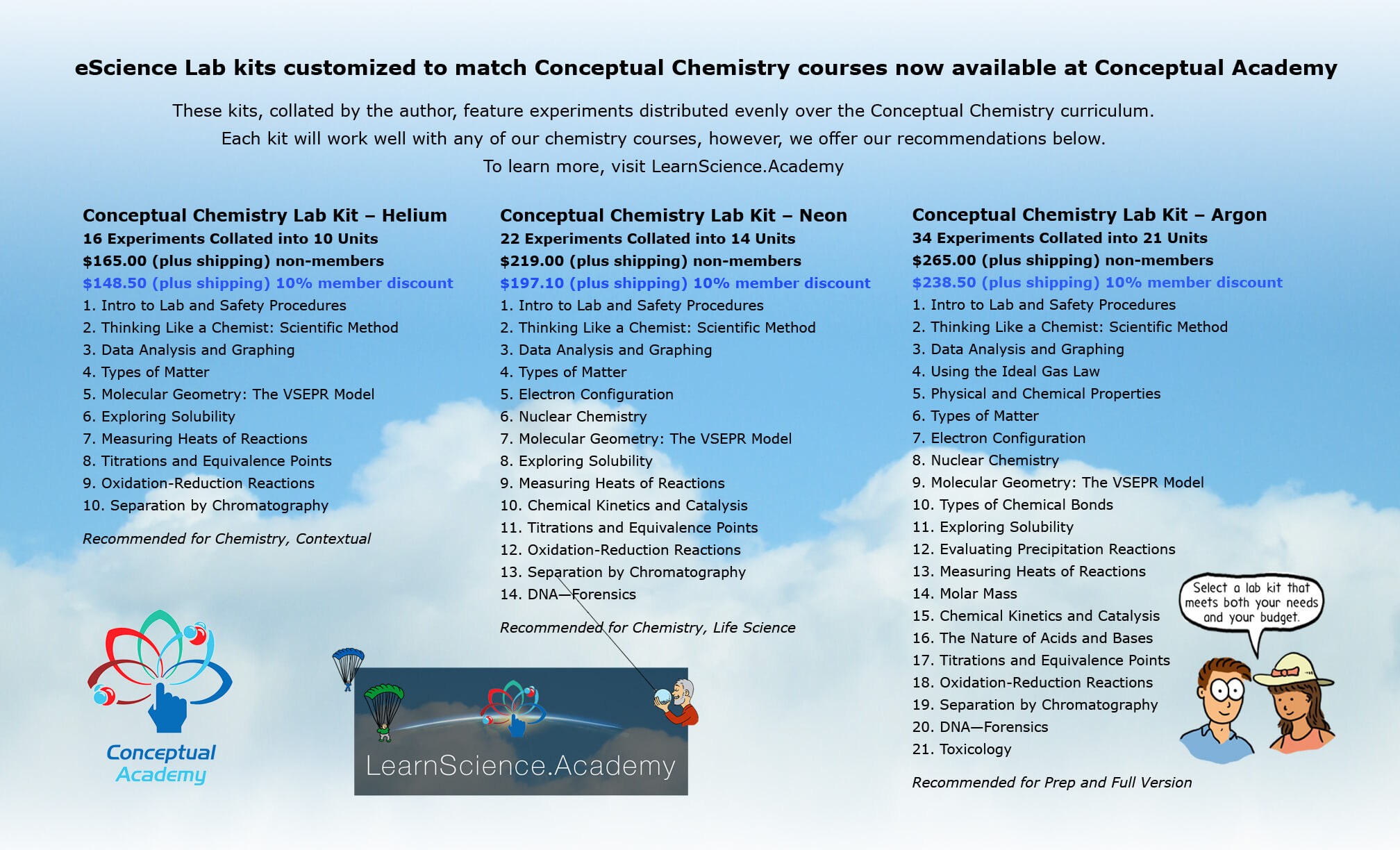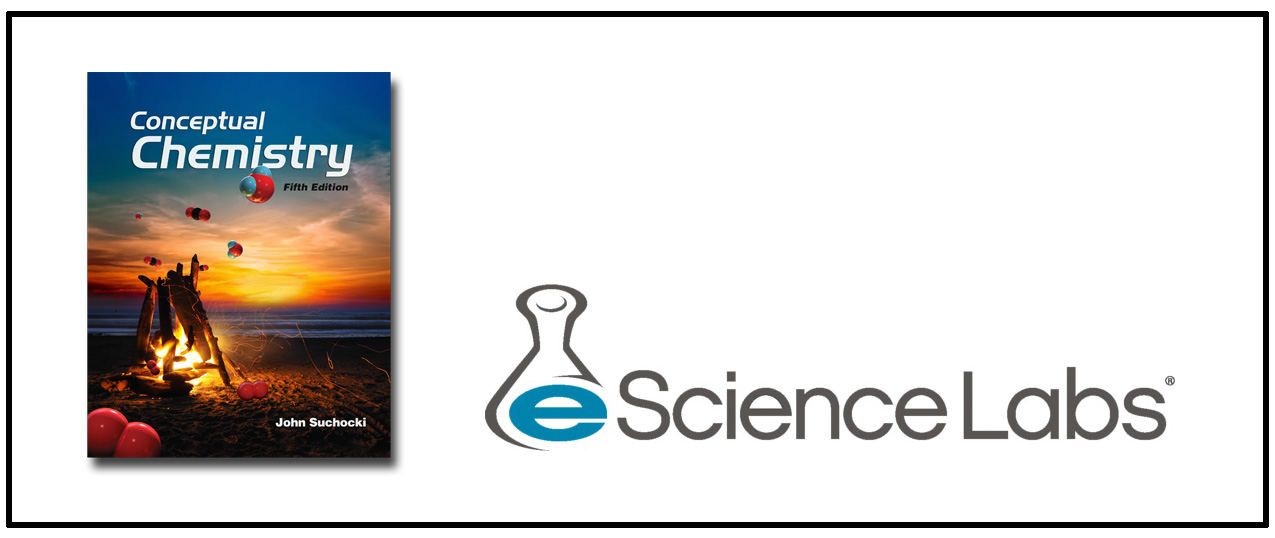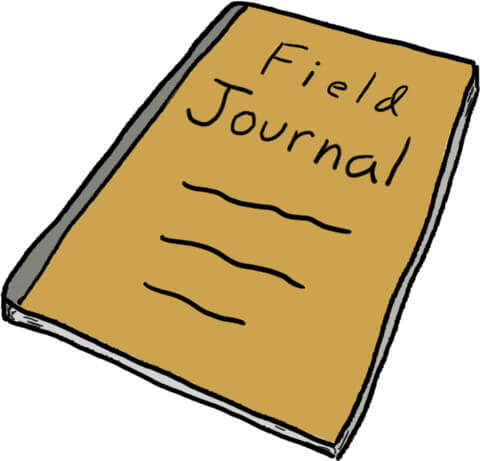
Labs
Oodles of Opportunities!
Each of our courses now features a full set of lab activities, which we have compiled from a number of sources. Notably, all these labs can be completed using materials found within your household or a local discount store. Look to the new “Teacher Manuals” we have produced for each of our courses to learn more. Briefly, here are the different sources of activities you will find embedded within each course:
1. The textbook itself contains numerous hands-on activities. These are found primarily at the back of each chapter. They tend to be short and sweet and you will find hundreds throughout the textbook. For some examples, sign up for our activities newsletter.
2. We have embedded the popular PhET simulations from the University of Colorado into each of our courses. A PhET simulation allows the student to play with the parameters of a system (virtually) and to follow the results. Below is an example. We encourage you to play with the “Phase Changes” segment of this one simulation. Be careful because too many molecules and too much heat and pressure will cause the chamber to explode (virtually). 🙂 We also include worksheets that guide a student through select simulations.
3. The Conceptual Academy team has continued with the development of new labs as well as updates to our older labs. New to the 2020-2021 academic year, all these lab activities are embedded to the Doc Shares of each course. Kitchen-tested and class-tested! Answer keys provided along with grading rubrics. These lab activities work in tandem with the student’s “Field Journal”, which they use throughout the course to record their observations, solutions, calculations, conclusions, and much more. Click here for a sample lab activity: Rubber Band Balance.
For our chemistry courses, in addition to the above resources, we also recommend our custom designed lab kits available from eScience Labs. These kits work well for students seeking a more traditional laboratory experience, or for situations where you have multiple students within the same course. You’ll find one kit can be shared among several students. Please see the users manual for each chemistry course to learn more about your options. Below is the detailed information you’ll need to move forward with one of these chemistry kits.
Thank you for joining us at Conceptual Academy. We look forward to working with you and providing a world-class science education for your students.
— The Conceptual Academy Team
Conceptual Chemistry + eScience Lab Kits
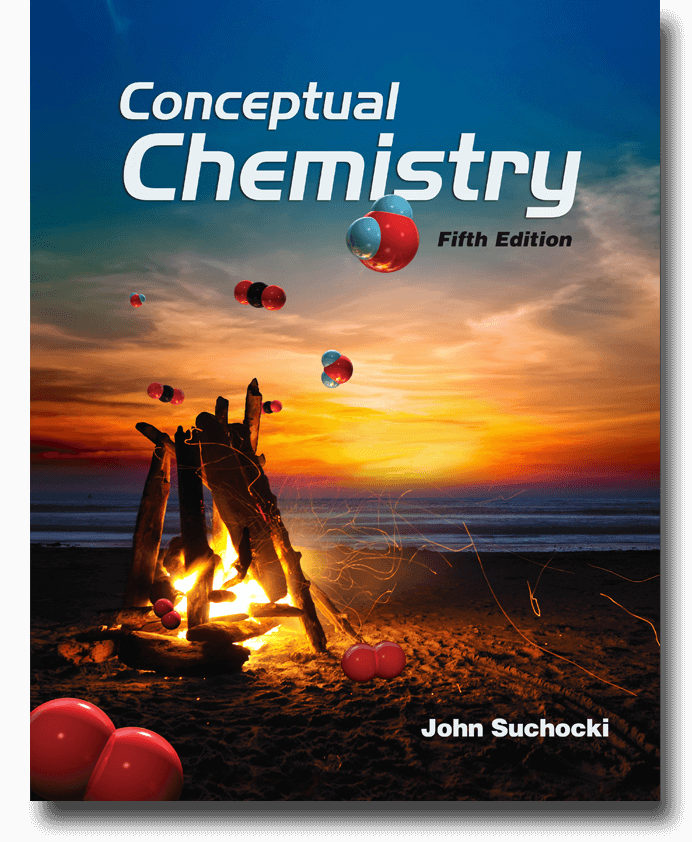
 For home schools looking for this added resource, John worked with the folks at eScience Labs to develop chemistry lab kits customized to his Conceptual Chemistry curriculum. The goal was to create a kit that would offer exciting hands-on experiences with key chemistry concepts for a reasonable price. Like a kid in a candy store, he picked his favorite 34 experiments, collated into 21 units. The price tag was pretty much up there. So, he tried again, painfully removing activities to come up with a healthy 22 experiments (14 units). This looked like a sweet spot. But to bring even more affordability, he narrowed it down to the most essential 16 experiments (10 units). Then he thought: Why not offer all three kits to home schools using his curriculum? The folks at eScience Labs have also graciously provided a special 10% discount to visitors of LearnScience.Academy. Thus was born our Conceptual Chemistry/eScience Lab Kits with a special 10% discount for any LearnScience.Academy visitor.
For home schools looking for this added resource, John worked with the folks at eScience Labs to develop chemistry lab kits customized to his Conceptual Chemistry curriculum. The goal was to create a kit that would offer exciting hands-on experiences with key chemistry concepts for a reasonable price. Like a kid in a candy store, he picked his favorite 34 experiments, collated into 21 units. The price tag was pretty much up there. So, he tried again, painfully removing activities to come up with a healthy 22 experiments (14 units). This looked like a sweet spot. But to bring even more affordability, he narrowed it down to the most essential 16 experiments (10 units). Then he thought: Why not offer all three kits to home schools using his curriculum? The folks at eScience Labs have also graciously provided a special 10% discount to visitors of LearnScience.Academy. Thus was born our Conceptual Chemistry/eScience Lab Kits with a special 10% discount for any LearnScience.Academy visitor.
Not to lose out on a teaching opportunity, John named these kits: Helium, Neon, and Argon. Helium, of course, is the lightest noble gas. Neon is the brightest (when electrified). Argon is the most abundant—indeed, our atmosphere is about 1% argon, which is much more abundant than either neon or helium (which tend to float upward into outer space).
PLEASE NOTE: To access eScienceLab’s instructor resources, you may need to be verified through us at Conceptual Academy. For this verification, please include Support@ConceptualAcademy.com in your communications with eScienceLabs.
PLEASE NOTE: The procedures for the activities within the kit are found within your account at eScienceLabs. Here are directions on how to find them:
Log into eScienceLabs.comClick on “For Students”Click on “Student Portal”Scroll down to “Kit Resources”
Also, PLEASE NOTE: You will first need to create an account with eScienceLabs. You will then go to their “Have a code?” page where you can use any of these codes:
Yet another NOTE (as of July 2021): eScienceLab shows the Helium Kit is currently not available. We are following up to find out when these kits might become available. Thank you for your patience.
- Helium, 16 experiments, 10 units, $148.50 + shipping: Product Code: Kit4512
- Neon, 22 experiments, 14 units, $197.10 + shipping: Product Code: Kit4511
- Argon, 34 experiments, 21 units, $238.50 + shipping: Product Code: Kit4510
You’ll clearly want more information about them. To start, click on the following image to see it as a high resolution .pdf file. Scroll down further and you’ll see a link for a .pdf collating the full suite of labs (Argon) to the Conceptual Chemistry chapters. And, of course, be sure to explore the eScience Labs website for more information and samples.
Click the above image for a magnified view of this flyer showing the three chemistry lab kits. Click the below image for a .pdf showing how these labs integrate into the Conceptual Chemistry table of contents. You’ll need this document to help you gauge when to implement which labs when as you progress through the course. Again, click the following image. Thank you!
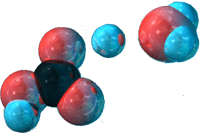
Our Conceptual Academy Hands-On Lab Activities
Our labs are embedded within each lesson and delivered to the student right when needed and as specified by each Homeschool Planet planner. Each activity is designed to be performed with materials and equipment readily available within the household or a local discount store. We also emphasize the use of a “Field Journal” that the student uses to track all observations, conclusions, and much more.

